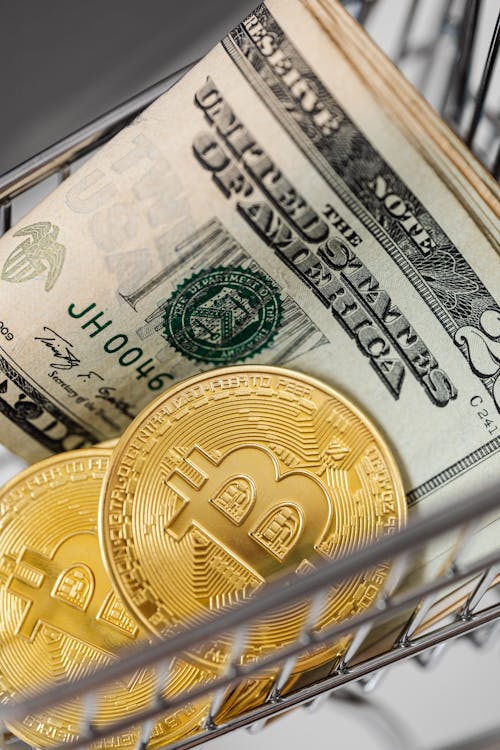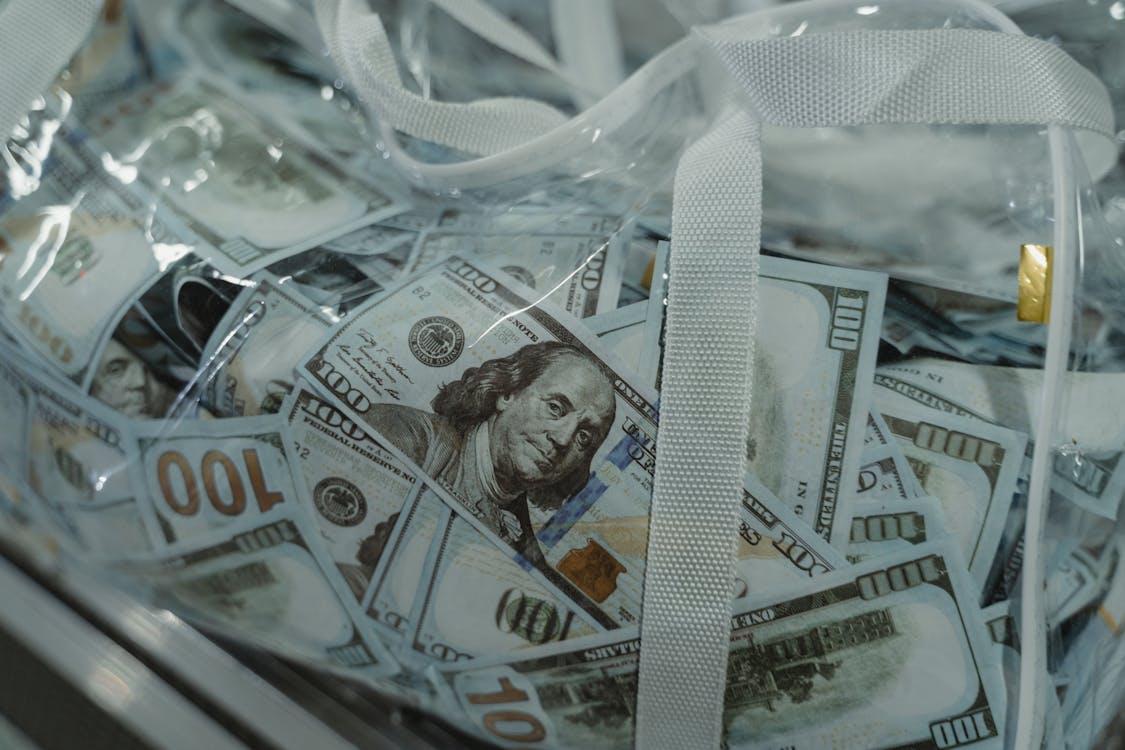Bitcoin to Dollar…What Are The Differences
Bitcoin is a decentralized digital currency that uses peer-to-peer technology to manage and release funds while keeping them away from a centralized authority. Bitcoin to dollar is something that a lot of people have questions about. Once I obtain BTCs should change them to dollars? They are created by mining, an activity where miners piece together transaction blocks and receive newly minted crypto in return for their effort.
BTC came into existence on January 3rd, 2009. This community refers to itself as BTC Talk while these websites usually go by .com instead of .org since there’s no official organization that represents all of them. It has also been referred to as Digital Cash or Digital Gold before its formal introduction.

The symbol is BTC (uppercase) or ฿ (lowercase). Its ISO 4217 code can be found at, under “BTC”.
The US dollar, on the other hand, is a fiat currency. Fiat money is money that a government has declared to be legal tender, but it is not backed by a physical commodity. The US dollar derives its value from the fact that there’s a demand for it in exchange for goods and services just like any other type of money does. However, unlike most currencies which are supported by gold or silver reserves stored somewhere in an inaccessible bank vault, no one backs up America’s paper money with anything tangible. While some countries do back their currency to some extent with gold reserves stored in their vaults or foreign banks outside of their borders (such as Ecuador), this isn’t so for the United States. Several private institutions are widely believed to hold some of the gold, but it isn’t known how much they have or where exactly it’s being held.
The US dollar’s symbol is $ (no separations) or US$ (separated with a normal dash). Its ISO 4217 code can be found at, under “USD”.
It has numerous advantages over fiat currencies, including lower inflation risk, decentralization, immutability, and hard-to-crack cryptography. It also features programmable money where users can create their smart contracts on top of it through Bitcoin Improvement Proposals. These are written in an easy-to-read programming language called Bitcoin Script. Another advantage is that there are no chargebacks, unlike with credit card transactions. This makes the digital currency very different from the US dollar, which is getting inflated every year due to its continuously increasing supply.

There are also several disadvantages to Bitcoin to dollar, including high volatility and susceptibility to market bubbles. Market bubbles aren’t necessarily bad since they tend to make things more affordable for people who buy early at a low price. If these items later gain in value (or retain it), these same investors can sell their shares and make a profit. However, if the prices crash unexpectedly and no one’s around to buy up the coins on the cheap, everyone gets burned. Others complain about the lack of mainstream adoption of cryptocurrencies where there are under 10 million BTC wallet holders out of 7 billion (and counting) population, and about how hard it is to explain cryptocurrencies to novices because of all the technical jargon used. This community has also been criticized for being a smaller part of the whole, perhaps due to its early adopters mostly being tech-savvy geeks rather than normal people with average incomes.
Bitcoin to dollar started at a price of less than a dollar in 2009 and made it up to ~$1,200 by November 2013 before plummeting down to around $220 in April 2014. It’s currently worth about US$450 as of August 2015.
The US dollar is backed by nothing but trust in the government which prints it, scales backed only by consumer confidence that others will accept it as payment for goods/services

